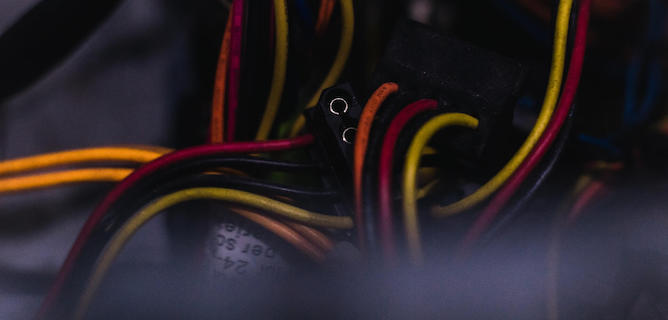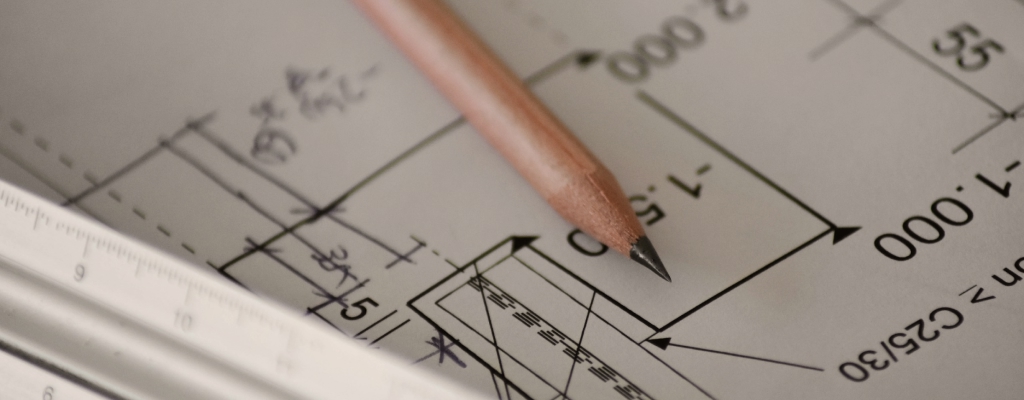
How a Properly Executed Design Phase Saves Tons of Development Time
When building a new piece of software or website, it can be tempting to jump right into development as quickly as possible. You know what kind of product you want, you’ve described it in great detail, and your developers seem to understand–so why spend weeks or months on design?
The truth is, time spent up front on design actually reduces the time and expense needed to get a finished product to market, and more importantly, the cost involved in maintaining and extending that product over time. Here’s why.
It’s easier to update a blueprint than to remodel a house
No matter how thoroughly a feature is described, there is always ambiguity in how it translates into an actual user interface. In other words, making a product intuitive to users is not an intuitive process.
As a result, once there’s an interface to review, stakeholders can more easily see how that interface can be improved.
However, if the interface first emerges in development, the necessary changes will take exponentially longer to make than they would have taken in a design phase. As a result, while skipping or short-changing a design process can seem like a short cut, it actually leads to more time and resources spent doing coding work that should have been figured out in design, where it would have been less expensive to make changes.
Forcing developers to make design decisions slows them – and the project – down
If developers are forced to make design decisions, they will inevitably spend more time than a designer would, and they will generally produce less qualified results, which leads to changes being made to code that should have been made to designs.
By having a designer make key decisions up front you limit the choices your developers have to make, making them more productive.
In addition to saving time and money, this can improve developer morale: they are able to focus on the things they are experts in instead of investing precious mental resources on decisions that aren’t central to the work of engineering.
Good design constrains complexity, leading to simpler code and less room for bugs
A good designer will constrain the number of components used in a set of designs in order to minimize the work a developer has to do while still producing an elegant, user-friendly interface.
The result is that not only are the designs faster to implement, the complexity of the code is reduced, minimizing the chance for bugs. This has the added benefit of reducing developer stress.
A design phase prepares a smart framework for the present product and future growth
Designers are trained to think globally about information architecture–both in the present phase of the design and with regards to laying the groundwork for possible future phases.
Without a good design phase, you could end up with a Frankenstein’s monster– a patchwork approach where multiple mental models were used, as opposed to one harmonious model that takes all early input into account. Without an initial design phase, you’re more likely to encounter significant refactoring headaches due to technical debt.
The bottom line
It’s common for clients to undervalue the design process, but they do this at their own peril. A well-executed design phase can save two or even three times the budget when it comes to development. Additionally, it almost always leads to a more elegant product, greater user satisfaction, lower costs down the road, and a less-stressed development team.
More Articles
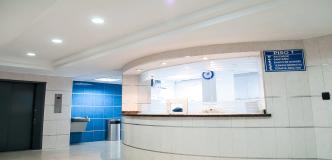
How to Maintain HIPAA Compliance in Software Development for Web and Mobile Apps →

The Benefits of Continuous Integration and Delivery in Software Development →

Frontend, Backend, Fullstack: What Do These Mean? →
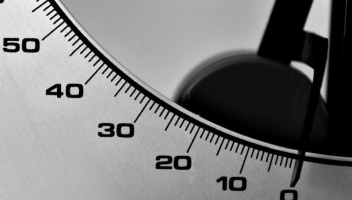
How Much is My Software Project Going to Cost →

How We Think About the Project Manager Role →

Our Philosophy on Building Trust and Managing Client Expectations →

What We Look for in a Client →

Why We Engage Almost Exclusively on Retainers →

Why You Should Start with a Minimum Viable Product (MVP) →

Top 5 Common Mistakes to Avoid in Software Development →

Invisible Software Development Costs Caused by Technical Debt →
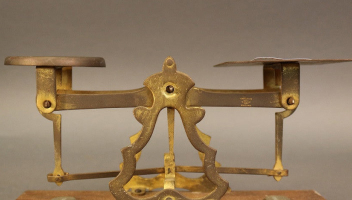
Comparing JavaScript Libraries: Vue.js, Angular, and React →

6 Questions You Should Ask Before Working with a Software Development Agency →

The Importance of a Single Source of Truth for Software Development Projects →

